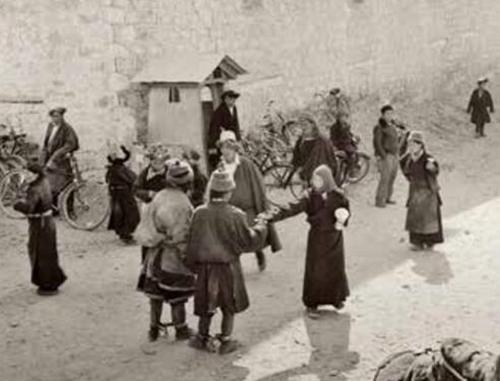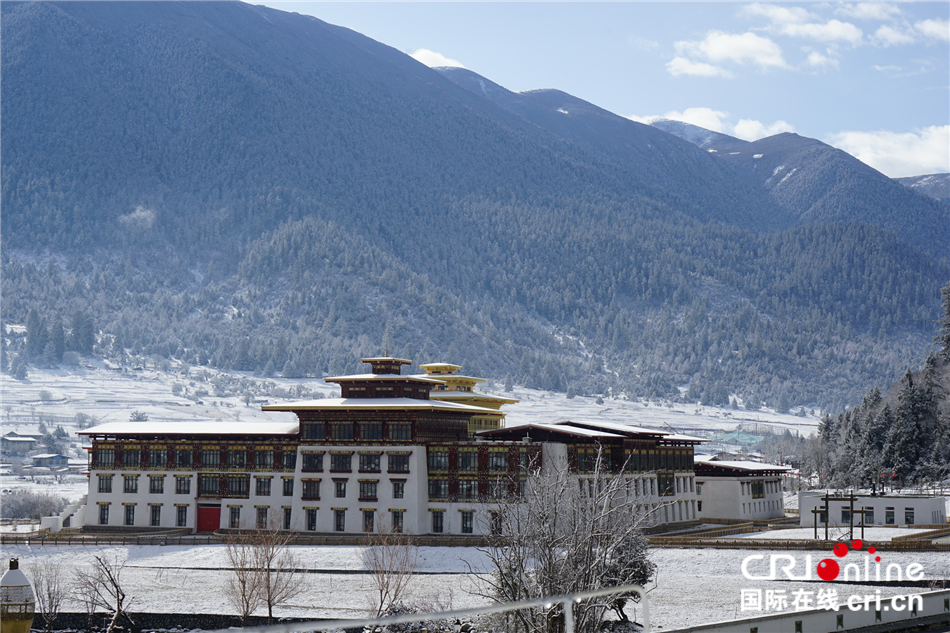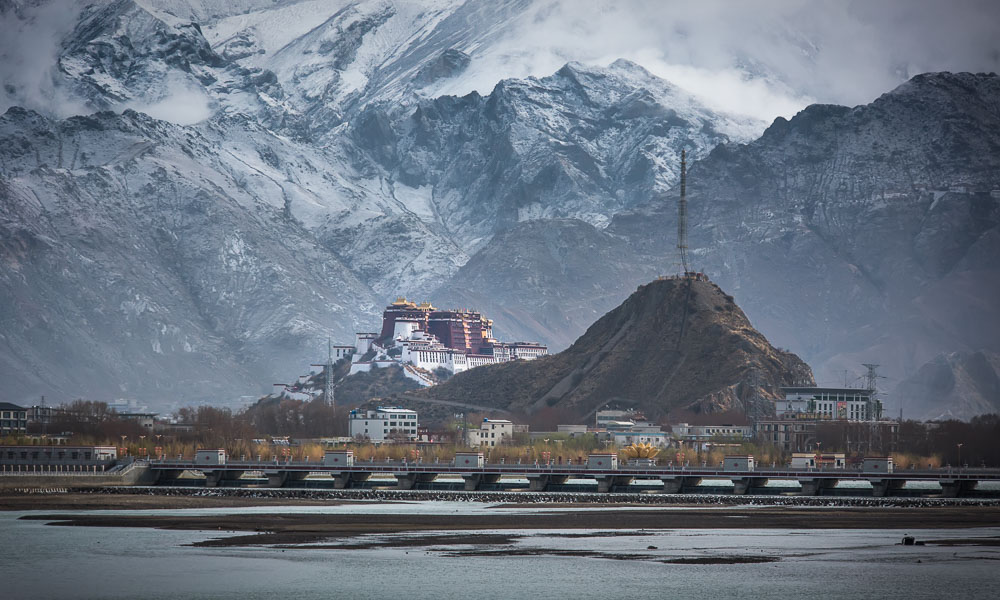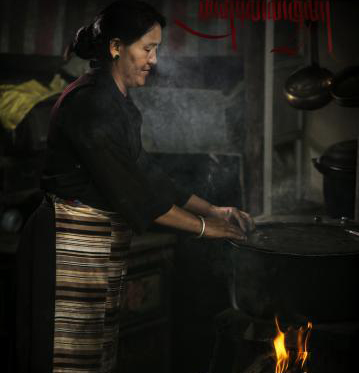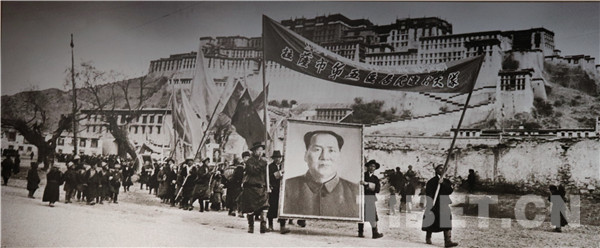Tibet’s changes in the eyes of Israel Epstein
Tibet Transformed is a book written by journalist Israel Epstein on the social changes in Tibet from before and after the democratic reform in 1959. The book is based on Epstein’s field visits and interviews from three trips to Tibet, which took place in 1955, 1965, and 1976. It uses a large amount of detailed historical data (interviews with hundreds of common people and millions of interview notes) and records on the great changes that occurred in Tibet from before to after the democratic reform.
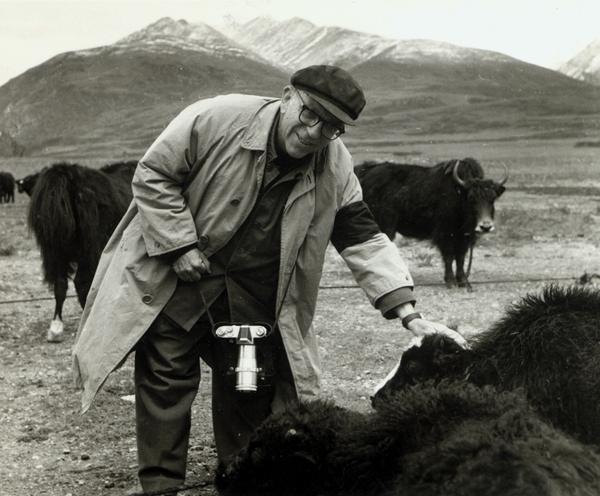
Isreal Epstein was in an intervew in the pasturing area in Tibet.
After the democratic reform in Tibet, the status of Tibetan women was improved. While introducing Tsering Lhamo, a female Tibetan cadre of the Jieba People’s Commune, Epstein wrote: I first saw Tsering Lhamo in 1965. At that time she was 39 years old, and she was a working woman. The liberation renewed her youth and vitality, and her past suffering became the driving force that motivated her to strive continuously to build the present and future. Tsering Lhamo is full of energy, speaks clearly, and her brown eyes are warm and welcoming. A smile constantly appears on her lined, tanned face. I met her again in 1976, when she had just turned 50. She was mature and lively, and she had already becoming a leading cadre. She still kept up a strong pace.
In the second chapter of the book, Epstein compares the road conditions of his three visits to Tibet. “When I first came to Tibet in 1955, I took a car from Chengdu to Lhasa. The journey took 12 days on the road. Truly, my bones almost broke from all the bumps. But from a historical perspective, the construction of this road represented a great achievement that had hardly been thought possible. In the last few thousand years, people could only enter and leave Tibet on a yak or cart. A single journey lasting six months was considered fast. In 1951, one of my friends who entered Tibet with troops from the People’s Liberation Army spent only 104 days in getting there, and he was very proud of it. They did not move slowly! In 1965, we entered Tibet on a passenger flight from Chengdu and arrived at Lhasa Airport in two and a half hours. In 1976, there were two air routes into Tibet. Lhasa Airport was built on the outskirts of Lhasa, and it had a lower altitude and more advanced facilities than the previous one.
On each of his three trips into Tibet, Epstein made onsite interviews at Lhasa First Primary School. The book reads: “In 1955, I saw the board of directors of Lhasa First Primary School. The school had 732 students, a third of whom came from noble families, while the rest came from different family backgrounds. Some of the students’ parents were oppressed and poor people, but they had no prior knowledge of education. Although the government gave them support, it was difficult for them to adapt to this new situation. Some courses such as history were not allowed to teach. Ten years later, in 1965, I came to Lhasa for the second time and found that the school had changed a lot. First Primary School was no longer the only school in Lhasa. Three-quarters of the school’s 670 students were born to serf families, and the curriculum was not bound by the idea of feudal serfs. When I came to the school for the third time in 1976, there were countless children playing on the wide playground. Some were playing football and some were playing basketball. The school had 1,800 students and 55 teachers, and the number of classrooms had doubled.”
Editor:Yanina
Tibet Stories
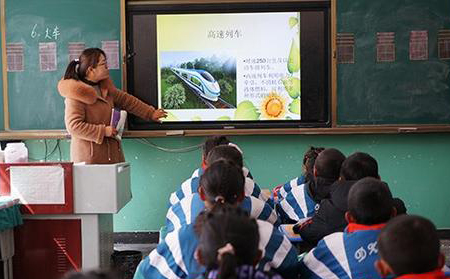
Changes: not just a leap from chalk to digitization
"From white chalk to digitization, what really reassures the parents is not the hardware of ...
